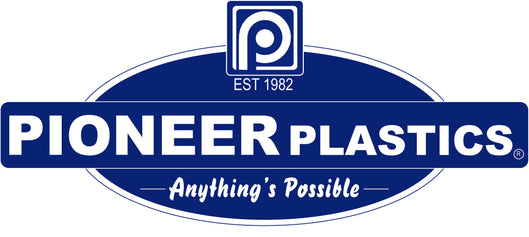
7 Key Considerations to Choose the Right Portable Toilet
There's more to portable toilet design than meets the eye. From construction sites to events, mining to informal housing—mobile toilets come in different shapes and sizes to suit them all.
Whether you're a seasoned SHE manager or new to sanitation, you're bound to benefit from this definitive list of portable toilet design elements to consider when choosing mobile sanitation.
What Are Portable—or Mobile—Chemical Toilets, Exactly?
Portable toilets (also called mobile toilets, a PortaLoo™ or Porta-potty) are self-contained lavatories that can be easily carried or moved. Human waste is collected in a tank with special chemicals that minimise odours. As such, they don't need a connection to a formal water supply to work.
While camping toilets can also be classified as a portable loo, this article refers to full-sized, flushable toilets contained in a hut with a door that can move from place to place.
Why Portable Toilet Design Matters
There are numerous applications for portable toilets. You're probably thinking of the times you went to an event, but that's just one application.
Portable toilets are predominantly used on construction sites and in mines. Portable loos are also installed as semi- and permanent solutions in townships and areas with no formal sewage infrastructure.
Different places call for different design features from informal housing to building project sites—work to outdoor weddings. Here is what you should look at the next time you're tasked with procuring portable toilets.
1. Dimensions: Width, Height, Depth
Portable toilets come in different sizes to accommodate different environments. For example, mines have height restrictions, while you need a wider hut and door for wheelchair accessibility.
Outside toilets (construction site and housing sanitation staples) come in a standard 1.8 metres high. The beauty of custom rotational moulding is that you can have toilets made to your specs with the help of our expert technical design team.
The height of the toilet bench is just as important as the height of the hut surrounding it. The bench needs to be high enough to accommodate tall AND short people so that both can use the toilet ergonomically. Inner dimensions also need to allow space to move, and provide for any peripherals like a washbasin.
2. Weight
Designers need to perform a delicate balancing act when it comes to the final product's weight. The portable toilet needs to be light enough for easy transport, but heavy enough to withstand high winds!
Fortunately, if the area is too gusty, you can get Pioneer stabilising base plates that fit on any of our designs.
3. Ventilation
This may seem obvious, but don't take it for granted. You'd be surprised how many portable toilet manufacturers overlook this critical feature.
Look for mention of ventilation in product specs or association with AMPS-Africa. As members and leaders of AMPS-Africa, we have literally written the code on hygiene standards within the portable sanitation industry.
Pioneer Plastics portable toilets are designed with ventilation in mind. You will find vents in the roof and designated vent pipes from the toilet tank up to the roof to extract smells and expel them upwind.
4. Colour
Colour is not a matter of preference but practicality. Lighter colours prevent the toilet hut from getting too hot inside.
No one wants to "go" in near darkness either. Dark colours will, of course, affect the lighting inside the loo, too. You will notice that our designs generally include translucent roofs to allow in natural light. There are also contingencies for solar or battery lights.
5. Locking
We know that toilet doors need to lock from the inside—and we're thankful for that precious "occupied" indicator. What about locking from outside, too?
Certain applications call for two-way door locks. For example, in rural areas or informal settlements, one family can have their own allocated toilet. They need to be able to lock the toilet when unoccupied to ensure their exclusive use.
6. Accessibility
Public toilets need to keep inclusivity in mind, considering persons with physical disabilities.
Our portable paraplegic toilet boasts a wide entrance, adequate interior space, handles for grip and a wheelchair-friendly washbasin.
7. Accessories
The final factor you want to consider when choosing a portable toilet is made up of many things—accessories.
Does the toilet come with a washbasin or not? If you would rather have a communal exterior wash station, can you source them from your current supplier?
If your workforce is predominantly male, you may want to consider a mix of urinals and toilets for shorter queues.
Think about how often (and the mechanism with which) the toilet tanks need to be emptied. You may need a sewage connection or perhaps additional tanks.
